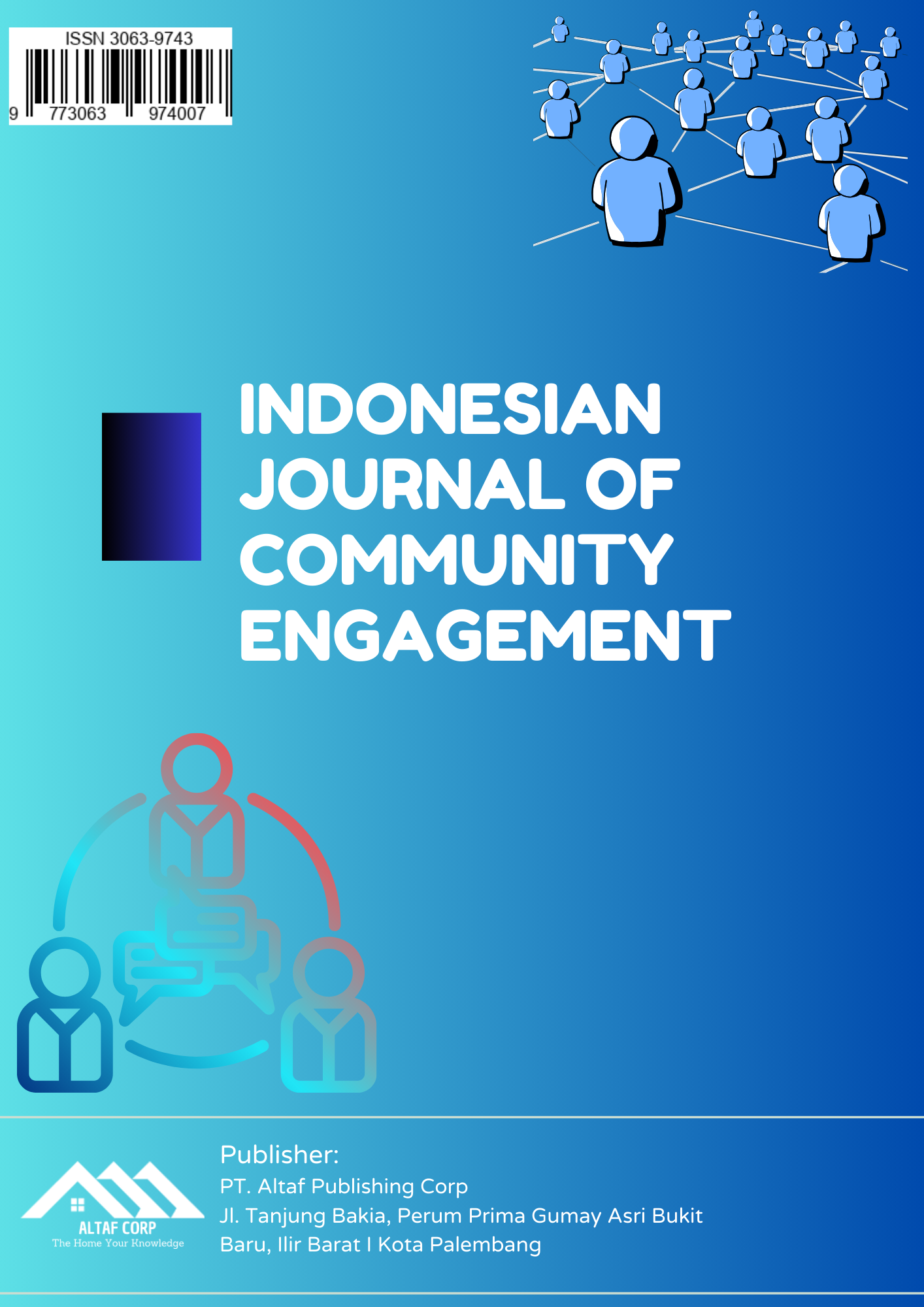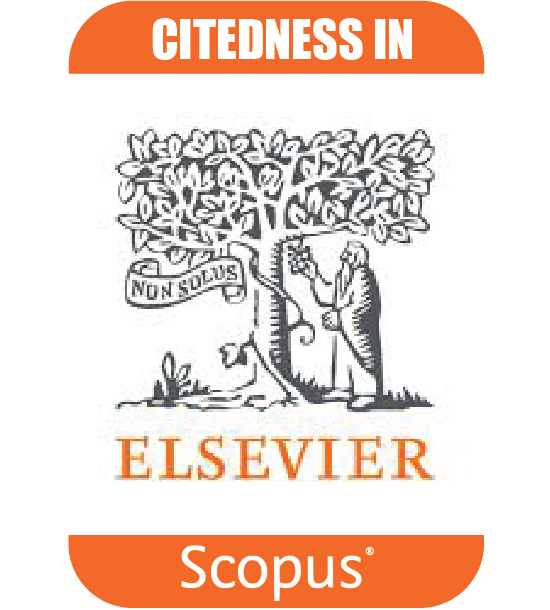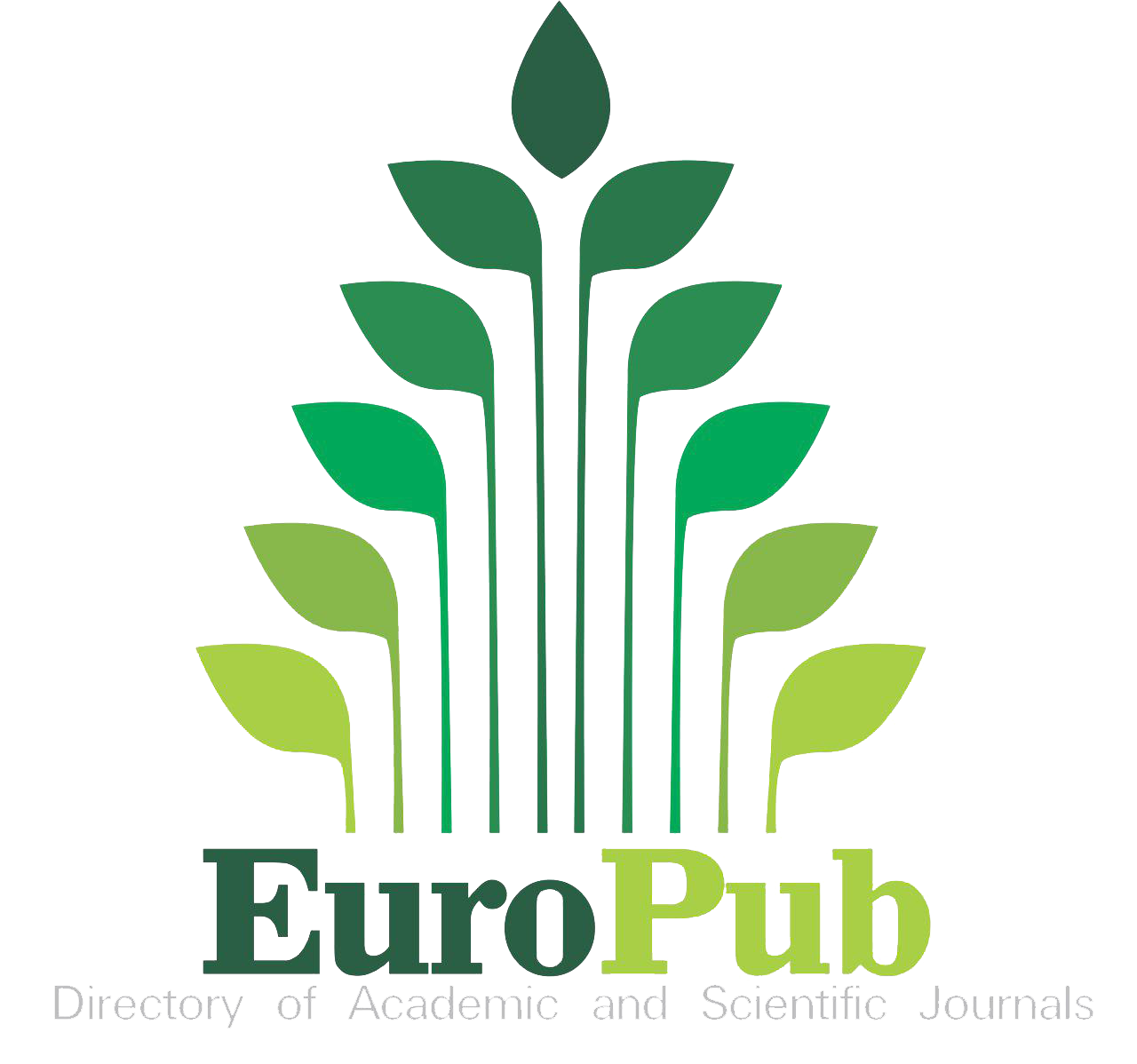Economic Analysis and Livelihood Improvement Strategies for Vegetable Cultivators in Svay Rieng and Svay Chrum Districts, Cambodia
DOI:
https://doi.org/10.70895/ijce.v1i3.63Keywords:
Vegetable Cultivators, Economic Analysis, Livehood Improvement, AgricultureAbstract
Smallholder farmers in Svay Rieng Province, Cambodia, play a crucial role in the country's agricultural sector, particularly in vegetable production. Despite facing numerous challenges such as limited access to resources, climate change, and market uncertainties, these farmers contribute significantly to the national food security. This study aims to explore the technical knowledge, technical adaptation and practices of vegetable cultivation, and to analyze the economic efficiency of vegetable cultivation of farmers in Svay Rieng and Svay Chrum districts, Svay Rieng province, Cambodia. The household survey was conducted on 92 farmers in ten target communities, with at least three types of vegetables planted by each household. The result revealed that nearly two-thirds of farmers have over nine years of experience in vegetable cultivation, with most receiving technical training from the HEQCIP Project team. Nearly 70% of non-target farmers received training from government agencies and NGOs. A high percentage of survey farmers (90% target farmers and 75% non-target farmers) share their technical knowledge and experiences on vegetable cultivation with their relatives, neighbors, and other farmers in their communities. At least three different types of vegetables were planted by each household in target communities, including onion leaf, cucumber, wax gourd, gourd, cabbage, luffa gourd, herbs, morning glory, eggplant, pumpkin, spiny, and long-bean. The percentage of farmers who applied techniques provided by the project to integrate with their experiences was high (76% target farmers and 52% non-target farmers). However, only 17% target and 11% non-target farmers adapted the full technical packages provided by the project. The survey found that 75% of target and 50% non-target farmers improved their livelihood status, with 50% using their incomes from vegetable selling for income generation activities, 80% for purchasing household materials and equipment, and 10% for repaying in-debts.
Downloads
References
1. Acharya, K. S., Chap, S., & Meach, Y. (2003). Off-farm and non-farm employment: A perspective on job creation in Cambodia (Working paper No. 26). Cambodia Development Resource Institute. Retrieved from https://cdri.org.kh/storage/pdf/wp26e_1617794728.pdf
2. Diepart, J. C. (2015). The fragmentation of land tenure systems in Cambodia: Peasants and the formalization of land rights (County Profile No. 6: Cambodia). Foncier et Développement. Retrieved from https://www.foncier-developpement.fr/wp-content/uploads/Country-profile-6_Cambodia_VF.pdf
3. Hamano, M., Matsumoto, T., & Ito, K. (2013). Technical modifications for the quality improvement of rice liquor (Sraa Sar) in Cambodia. Tropical Agriculture and Development, 57(4), 126-137. https://doi.org/10.11248/jsta.57.126
4. Itagaki, K. (2010). Production and distribution of vegetables in Cambodia [In Japanese].
5. Kawahara, S., & Yoshida, Y. (2006). Current status of vegetable production, distribution and trade in Cambodia [In Japanese]. Vegetable Information, 26, 43-55.
6. Olney, K. D., Talukder, A., Lannotti, L. L., Ruel, M. T., & Quinn, V. (2009). Assessing impact and impact pathways of a homestead food production program on household and child nutrition in Cambodia. Food and Nutrition Bulletin, 30(4), 355-369. https://doi.org/10.1177/156482650903000407
7. Royal Government of Cambodia (RGC). (2013). Census of agriculture in Cambodia 2013. Retrieved from http://www.fao.org/3/I9465EN/i9465en.pdf
8. Taylor, J. (2011). Food security, climate change and natural resources management in Cambodia: An overview of the literature and sourcebook. Learning Institute and IDRC.
9. World Bank. (2013). Where have all the poor gone? Cambodia poverty assessment 2013. Washington, D.C., USA. Retrieved from https://documents1.worldbank.org/curated/en/824341468017405577/pdf/ACS45450REVISE00English0260May02014.pdf
10. World Bank. (2015). Cambodian agriculture in transition: Opportunities and risks. Washington, D.C., USA. Retrieved from http://documents1.worldbank.org/curated/en/805091467993504209/pdf/96308-ESW-KH-White-cover-P145838-PUBLIC-Cambodian-Agriculture-in-Transition.pdf
11. World Bank. (2023). World Bank Open Data. Retrieved from URL https://data.worldbank.org/indicator/NY.GNP.PCAP.KD?end2021&locations=KH&start=1995&view=char
Downloads
Published
Issue
Section
License
Copyright (c) 2025 Mardy Serey, Chanthan Or, Putheasath Sin, Chhun Hong, Vanchey Ros, Tithya Kang, Dina Pen, Hendra Prasetyo, Sri Maryati (Author)

This work is licensed under a Creative Commons Attribution-ShareAlike 4.0 International License.





















